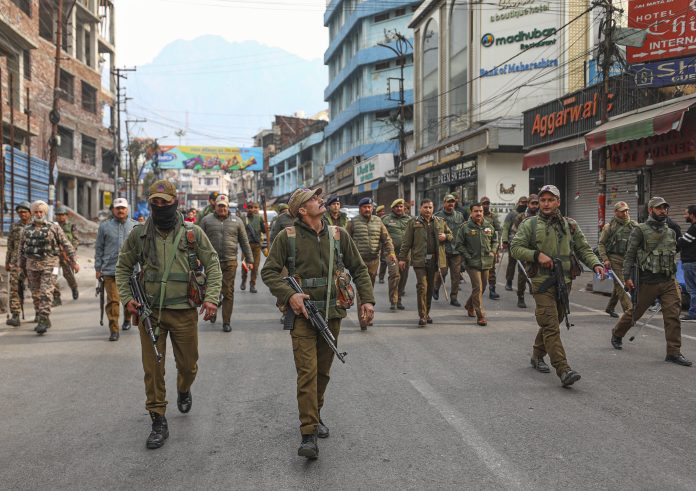|
Rain and thick cloud cover
meant that the solar eclipse was not visible in many parts of country.
|
New Delhi(Agencies): The
solar eclipse was not visible in several parts of northern India because of the
thick cloud cover and rains in some parts on Sunday morning. A large number of
people had gathered at these places to see the eclipse that happened after a
gap of 14 years.
The eclipse was to be clearly
visible in Suratgarh in Rajasthan, Sirsa and Kurukshetra in Haryana, Dehradun,
Uttarakhand and in Tapovan in Himachal. But it could not be seen in most places
due to cloudy weather.
In Nainital’s Aryabhatta
Research Institute of Observational Sciences (ARIES) where scientists had made
arrangements for live streaming of the eclipse, weather played a spoilsport.
Wahab Uddin, senior scientist
at ARIES said clouds cleared briefly around 12.10 pm and people could see the
eclipse through live streaming on YouTube. “Had weather been good, we would
have witnessed a good crowd,” he said.
In most parts of Uttarakhand,
temples were shut during the eclipse period and people were seen taking dips in
nearby rivers post-eclipse. “We witnessed very few customers during the
eclipse. People came out after the eclipse,” said Amit Narang, a shopkeeper
from Kumaon.
In Haridwar, shrines, temples,
mutts remained closed for almost 15 hours and the famous Ganga puja was not
performed in the morning because the eclipse is considered inauspicious. After
the solar eclipse got over at 2:51 pm, temples were cleaned and Ganga water was
sprinkled amidst special chanting of hymns by priests.
In Madhya Pradesh, people
watched the solar eclipse in groups while maintaining social distance.
“It was a great experience to watch the ring
of fire very clearly amid clouds. I made all types of arrangements including
spectacles and a telescope so that common people could enjoy the moment.
Spectacles were not allowed to be exchanged with others due to Covid-19
situation but the telescope was sanitised properly,” said a science activist
Sarika Gharu.
A banker Ashok Singh from
Gwalior said, “It is for the first time I saw a solar eclipse and I got
enthralled while watching the moon covering the sun.” Sandhya Kesari, a
housewife from Bhopal said, “I was hesitant to see the solar eclipse with naked
eyes. However, I saw it for a few seconds, though not looking directly at the
Sun. It was an amazing experience.”
At Birla Planetarium in
Kolkata, there was a huge crowd of people to watch the eclipse, especially
students and astronomy enthusiasts. “This was one of those moments for which
people have to wait for years,” said Debiprasad Duari, director, M P Birla
Planetarium. The eclipse was recorded and streamed online by Birla Industrial
and Technological Museum in south Kolkata. Science clubs in several districts
arranged viewing sessions for its members. “I wish the sky was clear. We could
have had a full view of the eclipse,” said Ananta Majumdar, a star gazer from
Bhawanipore.
In Rajasthan, astronomers and
a large number of media persons assembled in Patroda village of Sriganganagar
where the solar eclipse was said to have been viewed best.
A student of astronomy present
there said the sun was 99% covered around 11.50 am in a strip of 2 0km between
Ghadsana and Anupgarh. Anupgarh MLA Santosh Bawri made arrangements for people
to view the rare celestial event.
In Jaipur, people who went to
Birla planetarium to see the eclipse, had to return disappointed because it was
closed. Later, some media crews were allowed in the planetarium.





No comments:
Post a Comment